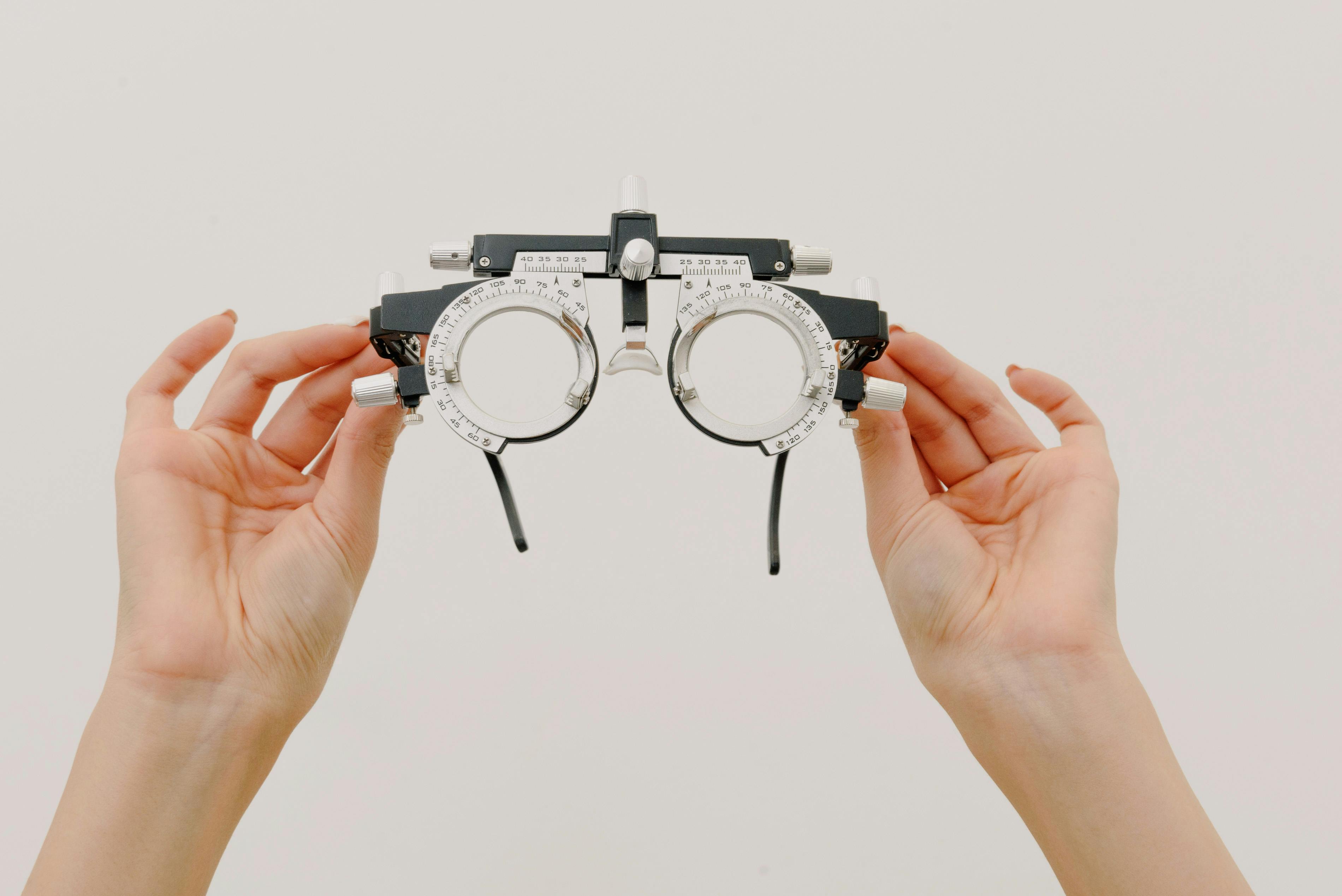objective
You will make your own electroscope and test the ability of various materials to conduct static electricity. You will also be making a triboelectric list or series that orders materials according to their ability to conduct electrons.
Introduction
When an electrical charge builds up on an object, it is called static electricity. Sometimes this static electricity can be discharged suddenly, as seen in lightning in the sky. At other times, this static electricity causes a static cling that is seen on socks fresh out of the dryer. Static adhesion occurs when two objects that have different charges, such as positive (+) and negative (-), come together. Static electricity can be produced and tested through various science fair experiments.
During science fair experiments, static electricity can be measured with an electroscope. You will build your own electroscope to test various materials and find out which ones conduct the most static electricity.
Materials
foam plate, balloon, foam cup, clay, straw, aluminum cake pan, aluminum foil, string, wooden ruler, masking tape, different materials for testing such as nylon, polyester, cotton, aluminum, plastic, copper, wool, tissue paper, saran wrap, etc.
Preparation
Making your electroscope
Pierce a styrofoam cup by pushing a skewer near the base and poke holes for a straw to pass through. Put a straw through the cup by placing it in these holes and pushing it in until it pops out of the side. Now invert the mug and glue it tightly with clay into a vertical cake pan.
Tie a few knots in one end of a string and make a marble-sized ball with a piece of aluminum foil at the knotted end. Now tape the free end of the string to the straw sticking out of the cup in such a way that the ball hangs from the straw and touches the edge of the cake pan. Secure the straw with tape so it won’t move.
Testing your electroscope
One of the methods used in science fair experiments to create a static electric charge is to rub a styrofoam plate with some wool. This produces a negative charge on the surface of the polystyrene plate. Now pick up your electroscope holding the Styrofoam cup and place it on the loaded Styrofoam plate. What happens? The ball of aluminum foil moves away from the edge of the cake pan.
Why did this happened? When you placed the electroscope on the styrofoam plate, the negatively charged electrons traveled to the cake pan and then to the aluminum ball. Since the same charges repel each other, the ball moved away from the edge of the pan.
Now tap the pan and the foil ball with the tip of your finger and see what happens. The ball will return to normal as before, because the electrons were transferred to your finger and the plate and ball were discharged.
Procedure
Now is the time to try different materials.
- Charge different materials with static electricity. You can use materials like plastic wrap, woolen scarf, woolen sweater, aluminum foil, balloon, etc.
- Now test each loaded material with your electroscope.
- Measure how far the ball is from the pan with a ruler.
- Write the distance in a table.
- Write down which materials can carry an electrical charge and which cannot.
- Since data recording is an important step in science fair experiments, you should organize your data in order with the most loaded followed by the least loaded. This is called the Triboelectric Series.
Now that you are equipped with some great ideas, I would like to give you something else to ensure your success. Here’s your free copy of “Easy Steps to Award-Winning Science Fair Projects”, which you can download immediately from the link below.
